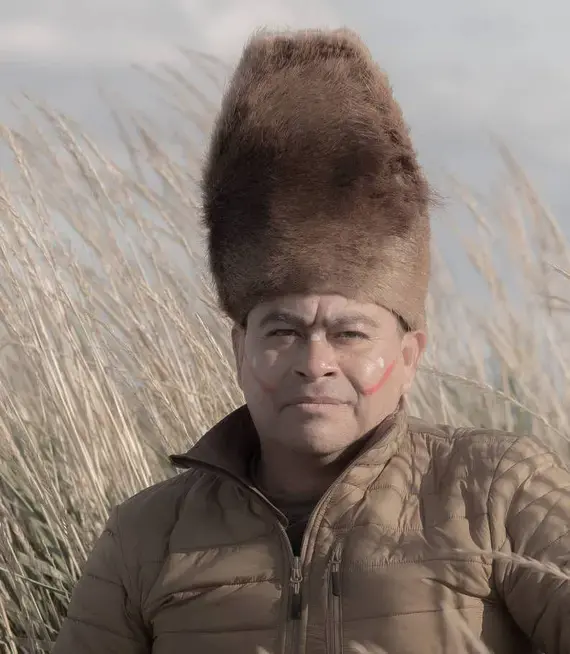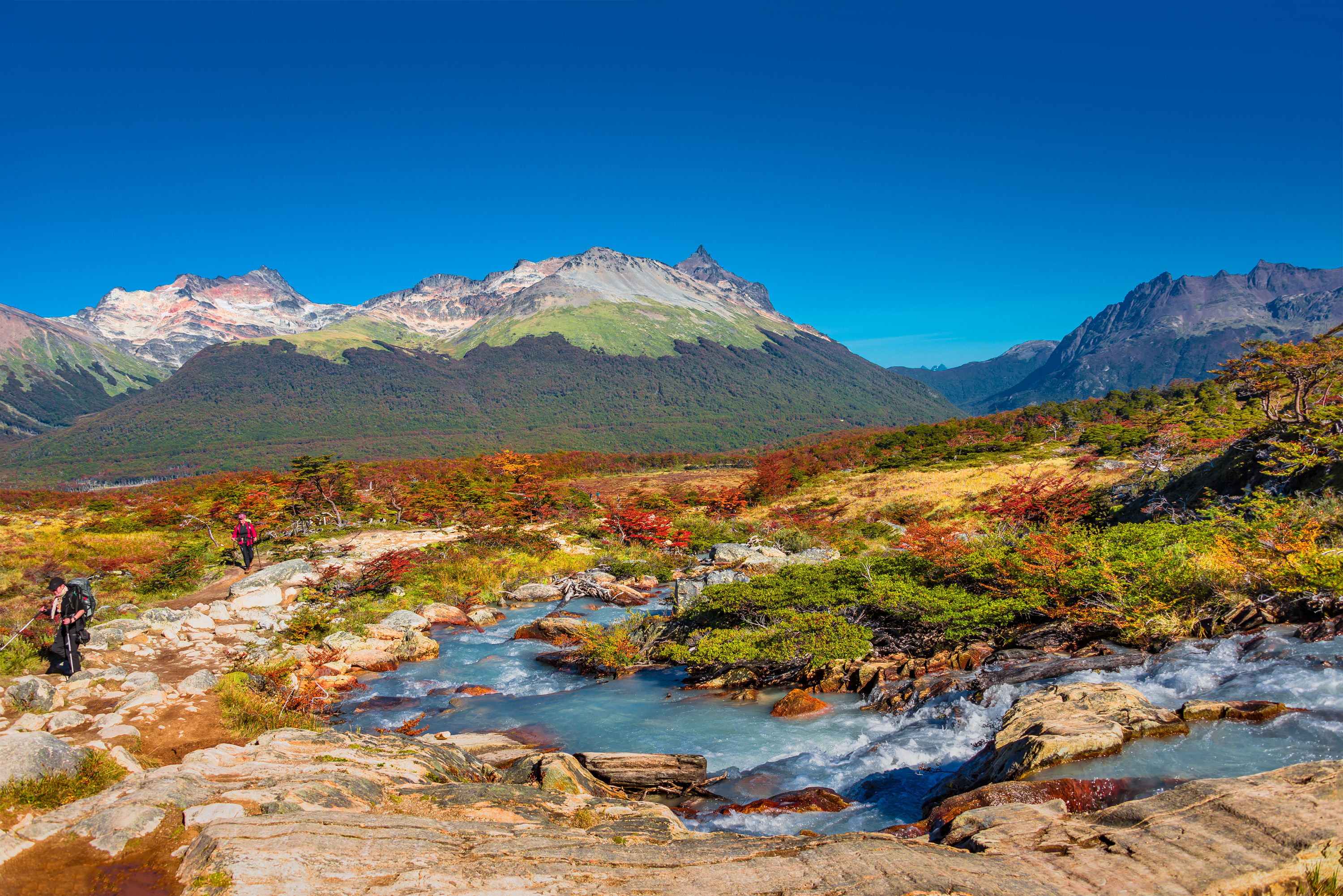October 2020 witnessed the commemoration of the 500 years since the Strait of Magellan was first sailed. However, at least four known ethnicities already lived there. The Yamana and Kaweskar sailed these waters before any European set eyes on Patagonia. The Selknam and Aonikenk ethnic groups were also present. Almost extinct due to forced missionary conversion and hunted by settlers, several descendants still survive and are sources of memory and their connection with the environment.
The death of Indigenous culture, language, customs, and traditions has been a continuous process since the arrival of the colonizers in the 19th century. In the 21st century, very few remain and their memories of the lives their ancestors lived as well as their childhood memories are disappearing.
The windy Tierra del Fuego is the ultimate continental horizon for our species. Also known as the "End of the World," it houses one of the most southern inhabited lands on the planet. Patagonia is a natural heritage that tells the story of our species' relationship with the environment.
This project's team is formed by a cultural anthropologist who lives in Patagonia and has been a guide in the region and a recognized photographer who shows in photos the life and customs of the Indigenous peoples of the Amazon and the Andes, giving a perspective that other people do not know. We will also work with local experts, including Indigenous people.
The methodology to be used is qualitative: in-depth interviews, archival footage, press clippings, etc. Our objective is to document with pictures and videos the different Indigenous areas to be visited both in the islands of Tierra del Fuego (Selknam) and Navarino (Yagan).









